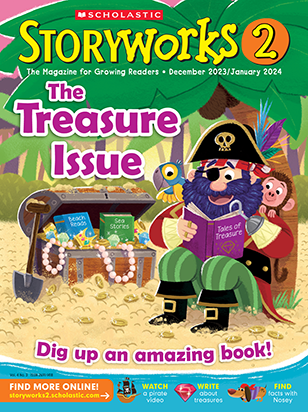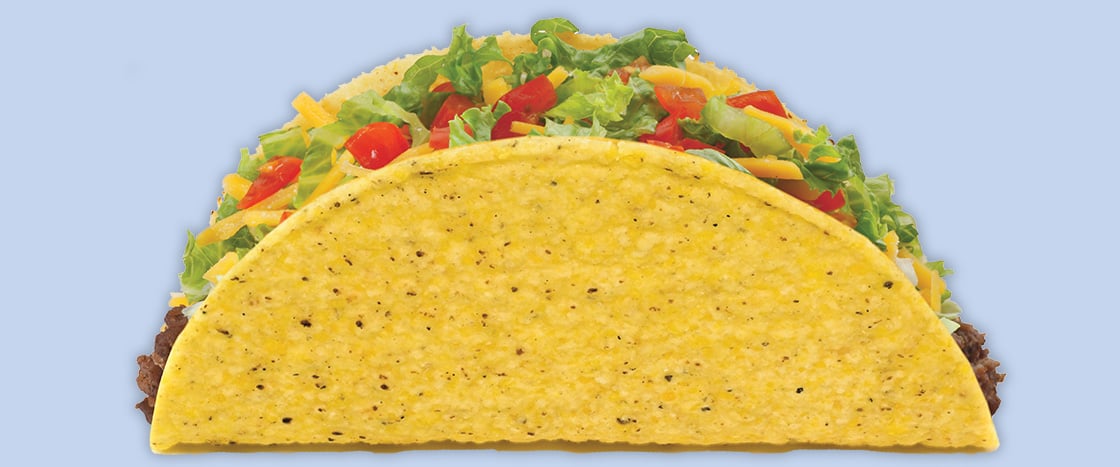Assessment: Quiz (10 minutes)
- Pass out the quiz to assess comprehension.
- We offer this quiz in multiple-choice and written-answer formats.
ELA Focus: Parts of Speech (15 minutes)
- Using the printable “My Yummy Day,” students can fill in the blanks with different parts of speech to create a silly story about cooking a meal.
ELA Focus: Nonfiction Text Features (20 minutes)
- This piece is packed with nonfiction text features. Kids can do our Nonfiction Text Feature Hunt skills page either online or on a printed copy.
Enrich the Learning: Paired Text Opportunities (time amount varies)
- Making text-to-text connections builds knowledge and comprehension. We layer Storyworks 2 with many ways for your students to make connections.
Pairable Texts: the Mini Read, “The Pokémon Café” (pages 2-3); the paired texts, “The Gingerbread Man” and “Real Gingerbread” (pages 18-21); the fiction, “Stone Soup” (pages 24-29); and the poetry kit, “A Lot Dog” (page 32)
- These texts ask questions similar to those posed in the story.
- Kids can compare the texts by using our “Yummy Chart” printable. How are the texts alike, and how are they different?
Whole Issue Scavenger Hunt (20 minutes)
We created a scavenger hunt for several stories in this month’s Storyworks 2, including this nonfiction piece. The scavenger hunt can be done by students independently at home or during class time.
This is a self-contained group of slides that guide your students on a scavenger hunt through the whole issue. It’s not only fun, it also helps them make text-to-text connections.
To find it, look in your Resources section. Scroll down to Activities. You will see it there.To find it, look in your Resources section. Scroll down to Activities. You will see it there.

